Even though mint leaves are available year-round, they are especially suitable for warm days, when we can feel the cooled scents of the salads and drinks they have been added to.
Mint (Mentha) is a genus of perennial plants from the Lamiaceae family.
Types and history of mint
Despite there being 25 different species of mint, peppermint is a natural hybrid between Mentha aquatica (water mint) and Mentha spicata (spearmint). Peppermint leaves are green-purple and more elongated, while garden mint ones are more oval and grey-green in color. The taste of both types of mint can be described as being a blend of pepper and chlorophyll while being more potent in peppermint than in garden mint. Other varieties of the Mentha family include apple mint, orange mint, water mint, Corsican mint.
Mint has been used since ancient times due to its culinary, medicinal and aromatic properties. Its origins are hidden in Greek mythology, according to which, the plant was originally a naiad (Minthe), turned into a plant by Persephone, who was jealous of the attention Minthe received from her husband Pluto (Hades). Since Pluto was powerless to do anything about Minthe being transformed into a plant, he bestowed upon her a pleasant aroma, to enrich the gardens.
The aromatic characteristics of mint have made it one of the most widely used ingredients in perfumes throughout history. From Europe and India to the Middle East, it has been used to purify the air in harems and homes.
Composition of mint
Mint is a rich source of traditional nutrients. It is a great source of manganese, vitamin A and C, the former being concentrated in carotenoids, including beta carotene. Both vitamin C and beta carotene play a role in decreasing your risk of cancer. Furthermore, mint is a wonderful source of dietary fiber, folic acid, iron, magnesium and calcium.
Selection and storage of mint
- Whenever possible, use fresh mint instead of dried, since it is more flavorful.
- The leave of fresh mint must be fresh and bright green, the stems hard.
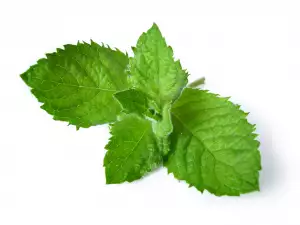
- It is best to select organic mint.
- Fresh mint must be stored in a paper towel in the refrigerator.
- Dried mint, as well as all other dried spices must be stored in a glass container with a lid in a dry, cool and dark place.
Culinary use of mint
Mint is widely used in the culinary arts. It gives an incredible flavor to fruit salads (especially ones with strawberries), jams, ice cream, creams, cocktails and non-alcoholic beverages. Its combination with chocolate in an alcoholic cocktail is marvelous and undeniably delicious.
As a spice, mint complements perfectly with lamb, chicken, fish, potatoes, seafood, eggs, green salads and green beans.
Mint leaves are intended to be used in tea. Warm tea is extremely healthy during the fall-winter season, while during the hot summer months it can be turned into a nice cool drink.
Other uses of mint
Mint is a main ingredient in many toothpastes, candies and breath-freshening gums. As well, it is a component of many bath gels and shampoos, as it freshens the skin and has a cooling effect. Many people use mint as a mosquito repellent by growing it in pots and placing dried mint in baggies in drawers and closets.
Benefits of mint
- Soothe your stomach with mint. Mint oil has proven abilities to relieve symptoms of people with sensitive stomachs, including cases of diarrhea, high acid and spasms of the colon. These health benefits of mint are related to its capability to soothe muscles.
- It is a potential anti-cancerous agent. Perillyl alcohol, which is a phytonutrient and also called a monoterpene, is highly concentrated in mint oil. In animal studies, it has been shown that it can stop the growth of tumors on the pancreas and liver.
- Mint oil is anti-microbial. It halts the growth of many various bacteria, including Helicobacter pylori, Salmonella enteritidis and methicillin-resistant Staphyloccocu aereus.
- Ease your breathing with mint. Mint contains the substance rosmarinic acid, which has numerous effects, beneficial for asthma victims. Not only does mint have the antioxidant properties necessary to neutralize free radicals, rosmarinic acid blocks the production of certain inflammatory agents.
Folk medicine with mint
In folk medicine, mint is used an herb to counteract insomnia, dizziness, depression, epilepsy and headaches. Decoctions of mint leaves are applied for overactive nerves, toothache and various gum inflammations. Gargling with mint is also quite effective. It gets rid of bad breath. To make a mint mouthwash, soak mint leaves in red wine in a 1:10 ratio for a period of 8 days. The resulting mouthwash can be drunk as well as used to gargle.
Mint oil inhalations are very useful against fatigue, sinus inflammations, nervousness. Mint oil massages are recommended for women suffering from irregular menstrual cycles.
Dangers of mint
Some people are allergic to mint. If that is the case, avoid the intake of this spice and do not inhale the fumes of its oil.
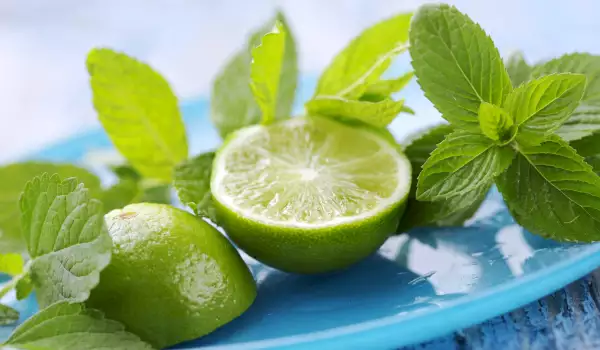
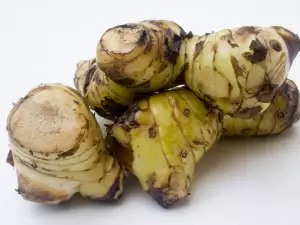
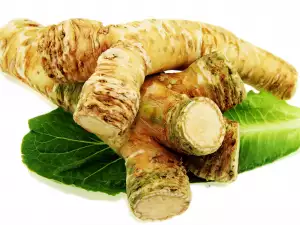
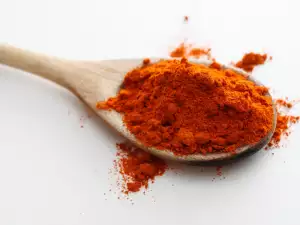
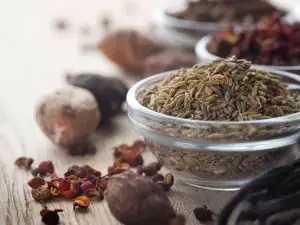
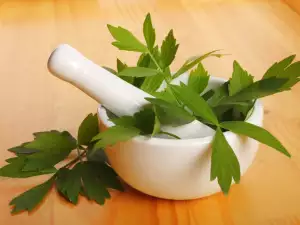

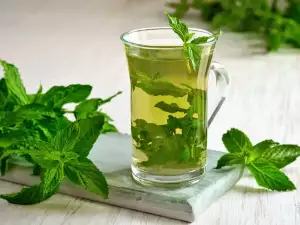
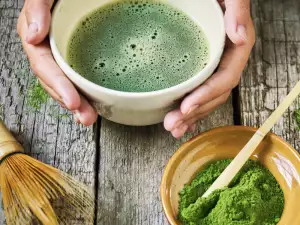
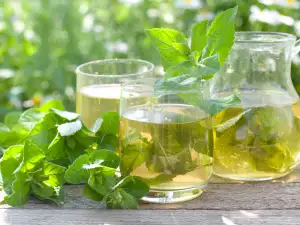
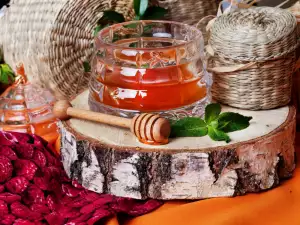








Comments